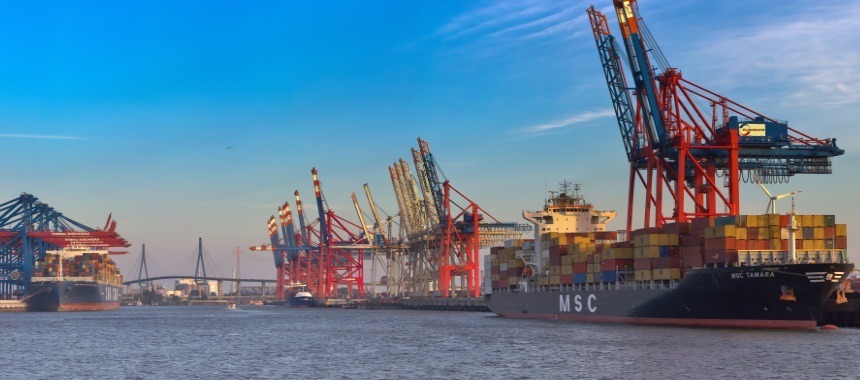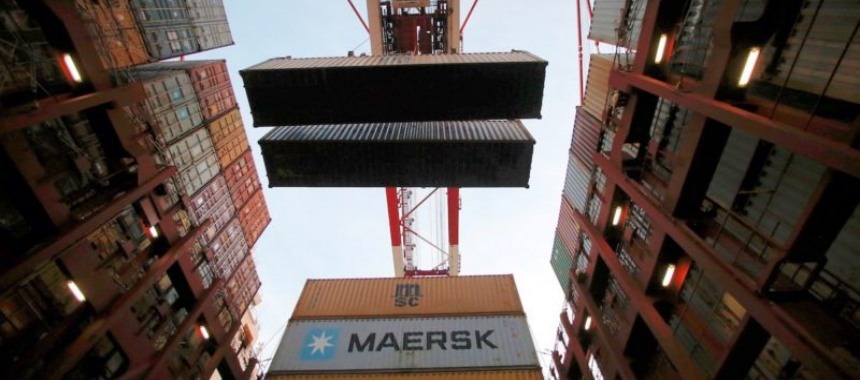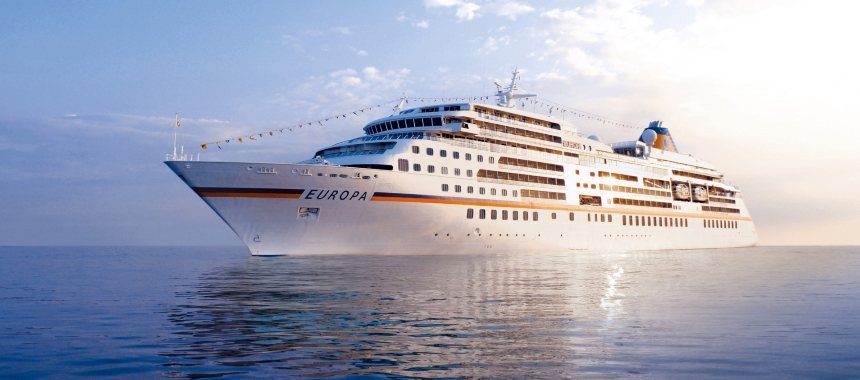In the shipping industry, there are 67 shipping companies operating container ships. However, about 90% of the total fleet of these vessels is controlled by only the seven largest corporations.
Crisis is a crisis, and billionaires have their own plans. Already very soon lovers of sea voyages will be able to go on a luxury cruise on the newest and quite unusual passenger ship.
The world-famous Mitsubishi Heavy Industries Corporation in November this year presented its unique development — the newest propeller, which allows to significantly increase the productivity.
The transportation of cargo from manufactories around the world to ports for loading, its movement across the oceans to points of debarkation, and then its arrival at local loading docks transpires on a routine, seamless basis. The process is so smooth that, only after the terrorist attacks of September 11, 2001, did the nation awaken to learn that only a small percentage of the more than 23 million containers that arrive yearly in this country are inspected. While this is clearly a topic lawmakers are addressing as far as homeland security is concerned, it also points to the fact that the volume of commerce in and out of the nation, along with the rest of the world, has increased exponentially since the end of the Second World War. The reasons for this change are numerous: globalization, better production techniques, mechanization, and improved management styles. Perhaps the most significant factor, and one usually overlooked, is that the capability to move cargo overseas in large quantities and in a way that allows for quicker turn-around in port has only been effected in the last few decades. This style of cargo handling, containerization, has led to a shipping revolution.
Luxury is now standard on the best cruise lines, so Hapag-Lloyd Cruises has gone one better by tailoring its ships to specific destinations to add more excitement to their high seas voyages.
 en
en ru
ru uk
uk
 Magellan
Magellan


